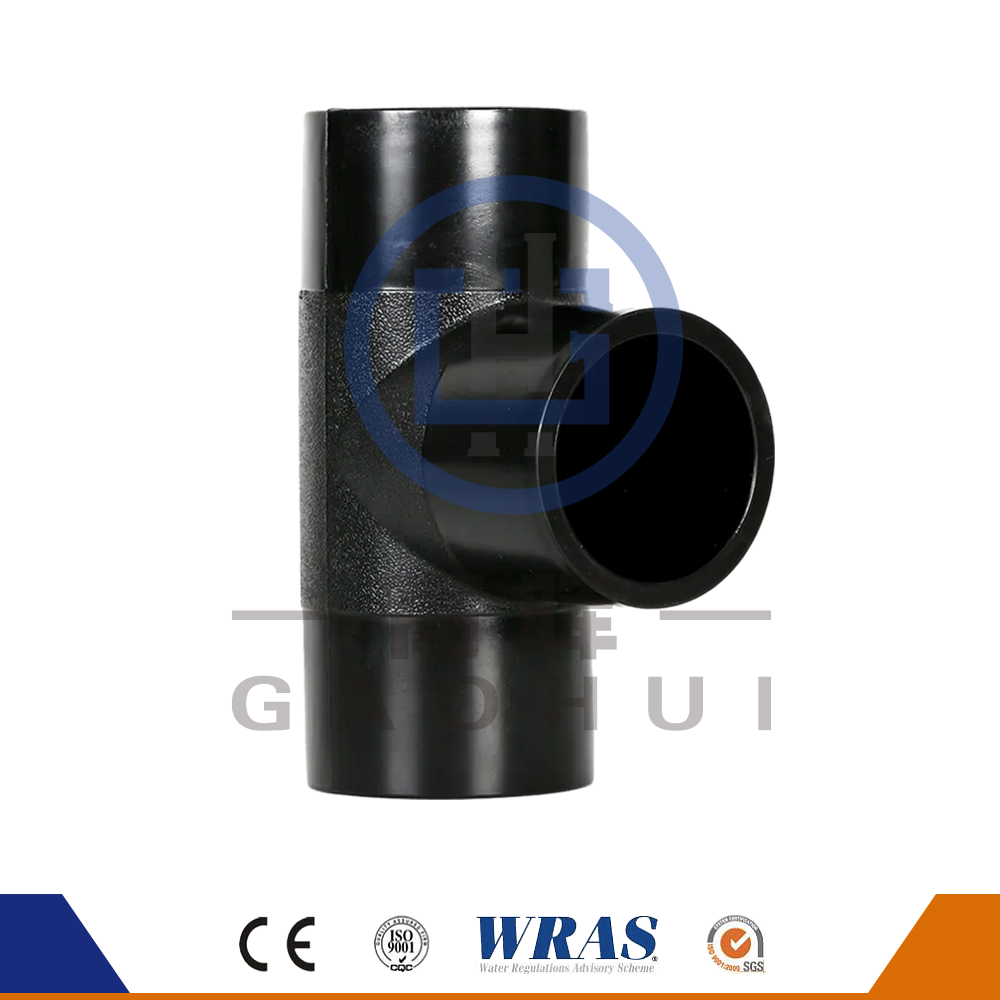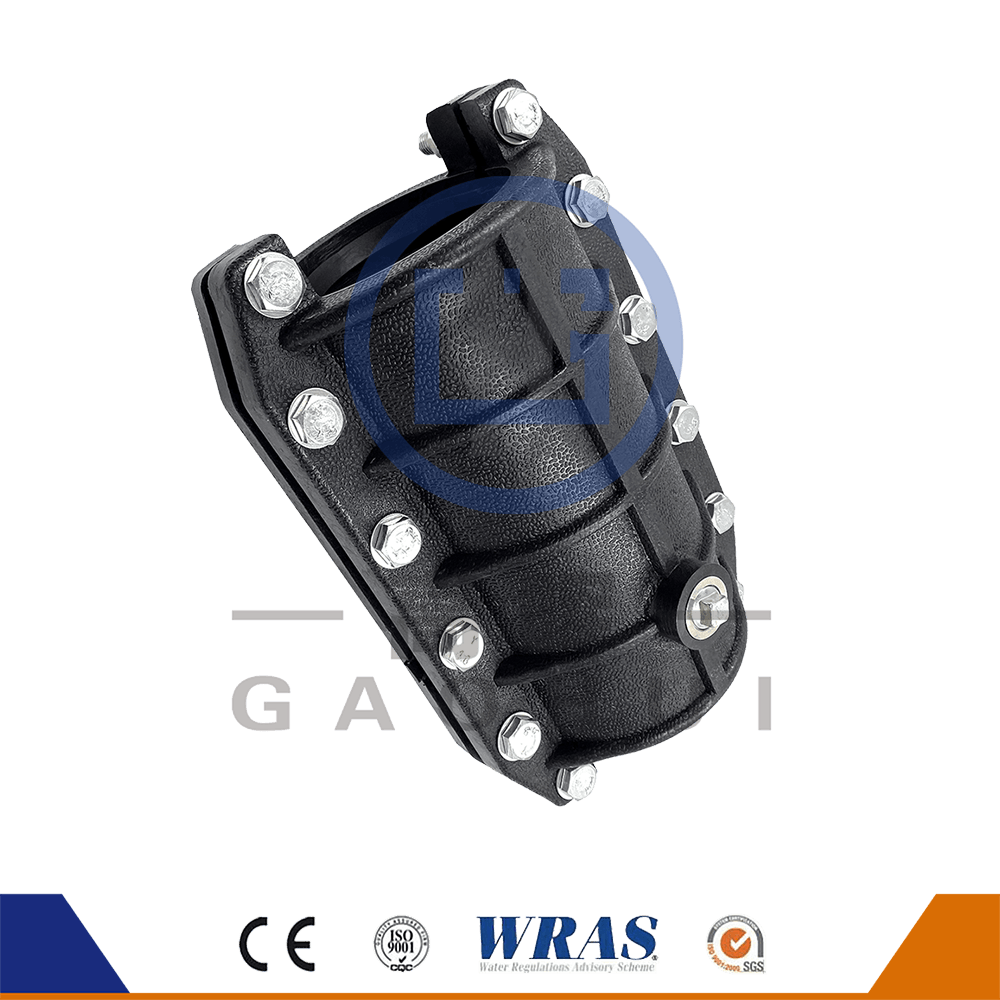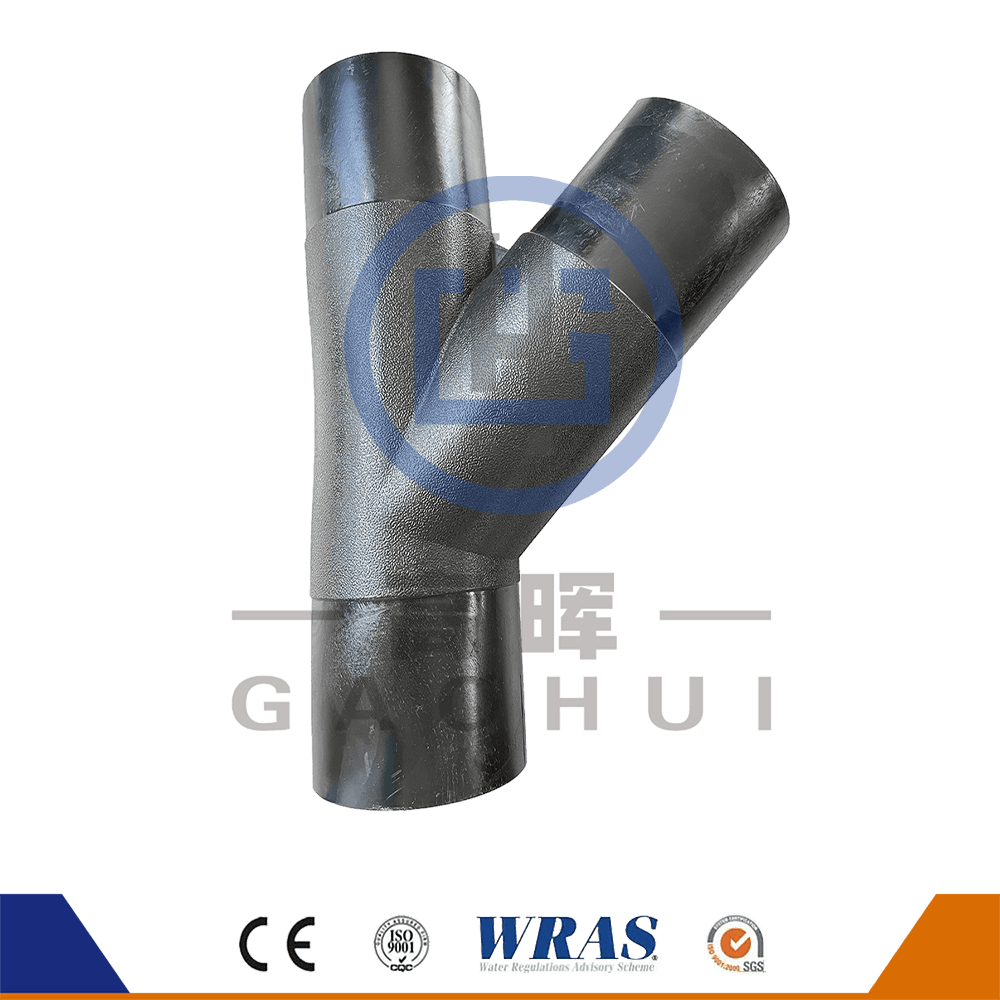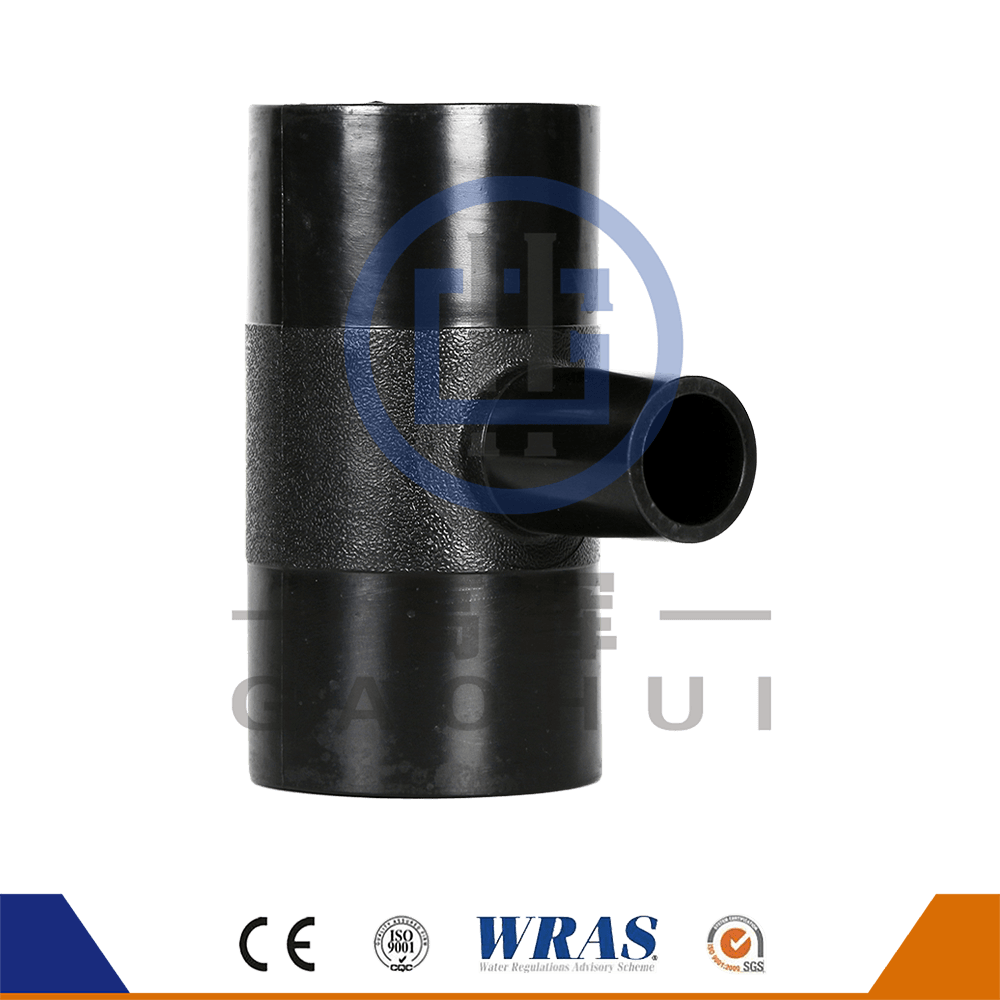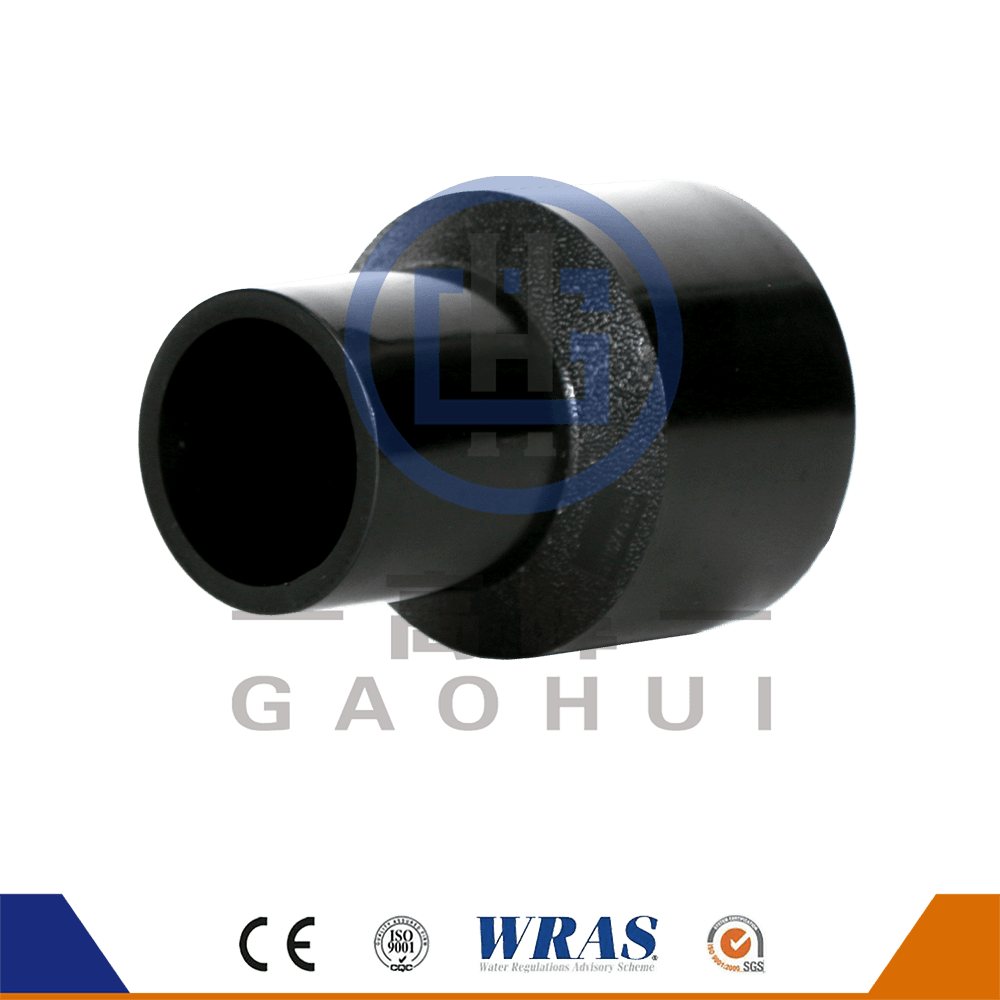As global climate change intensifies and weather events occur frequently, urban infrastructure faces more and more challenges. In order to cope with various climates such as floods, droughts, and high temperatures, infrastructure construction around the world has begun to focus on more climate-resilient materials. In this context, Plastic Pipe is becoming an important solution for various climates with its durability, adaptability, and technological innovation.
Plastic pipes, especially HDPE, are ushering in application opportunities with their unique performance characteristics. From high temperature and drought to extremely low temperatures in cold areas, from humid and rainy tropical areas to seaside salt spray climates, the adaptability and durability of plastic pipes enable them to work stably in various climatic conditions and meet the increasingly stringent infrastructure needs around the world.
In hot and dry areas, plastic pipes show high temperature resistance and can be used for a long time under high temperature and strong ultraviolet radiation without rusting or corroding due to oxidation like metal pipes. PVC and HDPE pipes are particularly suitable for outdoor piping systems, water supply systems, and irrigation systems due to their good UV resistance, which not only improves the stability of the system but also reduces maintenance costs. The corrosion resistance of plastic pipes can effectively prevent the erosion of minerals, scale, etc. on pipes, ensure the long-term cleanliness and safety of water quality and pipes, and is particularly suitable for dealing with high temperature and low rain environments.
In cold areas, the low-temperature toughness of plastic pipes is particularly outstanding. Even in extremely cold weather conditions, plastic pipes can still maintain a certain degree of flexibility and will not break due to freezing expansion like metal pipes. Therefore, PE pipes and PVC pipes have become the choice of winter water supply and drainage systems, which can operate stably and avoid the risk of rupture due to freezing. By adopting antifreeze technology and optimized design, plastic pipes can also provide pressure bearing capacity in low temperature environments, ensuring that the water system always runs smoothly, whether in family homes in extremely cold areas or in industrial parks in the north.
For areas with frequent floods, the water resistance and corrosion resistance of plastic pipes enable them to effectively resist strong acidic water and sediment erosion, and are not easily eroded. The pressure resistance of plastic pipes also makes them stable and reliable in high water levels and high flow rates, ensuring the efficient operation of the drainage system and preventing pipe ruptures and functional failures caused by floods. Especially in underground drainage systems and urban rainwater discharge, plastic pipes can adapt to complex geological conditions due to their good flexibility and adaptability, reduce the risk of leakage in underground water pipes, and provide more efficient and environmentally friendly solutions for various weather conditions.
Cities and industrial areas near the sea are usually faced with high-salt air and environment, which puts higher requirements on pipe materials. Traditional metal pipes are prone to corrosion, rust and even rupture due to salt spray erosion, while plastic pipes can effectively avoid this problem. The salt resistance of HDPE and PVC pipes makes them widely used in water supply, sewage, natural gas transmission and other systems in coastal cities, coastal oil platforms and other fields. The high chemical stability of plastic pipes can ensure that they maintain performance when exposed to corrosive substances such as seawater and salt spray for a long time, reducing maintenance frequency and replacement costs.


 English
English русский
русский عربى
عربى